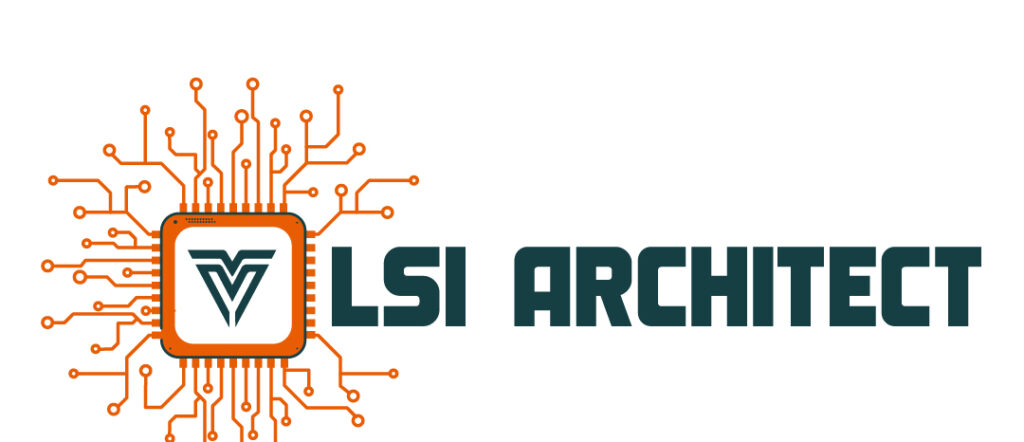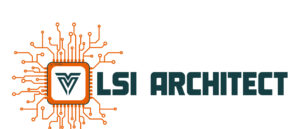Deep Learing : Wireless Communication Networks and Beyond
How AI moves 5G → 6G from theory to resilient, real-time systems—while reshaping industry, healthcare, and cities.
Deep Learning in 5G and Beyond
5G introduces ultra-reliability, sub-10 ms latency, and massive device density. Traditional control and optimization struggle at this scale, so operators and vendors
increasingly deploy deep learning to make networks adaptive, predictive, and self-healing.
- Handover optimization (mmWave): Multiple-active protocol-stack (MAPS) + deep models anticipate blockages and pre-emptively trigger handovers, reducing outage and mobility-interruption time.
- Drone networks: Deep reinforcement learning (DRL) plans energy-aware routes, ensures data privacy, and adapts links for surveillance, logistics, and emergency connectivity.
- Positioning: CNN/RNN/transformer models learn channel “fingerprints” for centimeter-level localization—vital for autonomous driving, factories, and critical IoT.
- Network slicing & resource allocation: DRL allocates spectrum, power, and compute across eMBB/URLLC/mMTC slices to maximize throughput while honoring QoS/SLA constraints.
Security and Privacy with Deep Learning
- Anti-jamming: Federated DRL coordinates cells and edge devices to resist jammers by co-optimizing beamforming, channel selection, and power.
- Blockchain + DL: Hybrid stacks combine decentralized trust with anomaly-detection models for secure resource sharing in beyond-5G (B5G) systems.
Multimedia and IoT Enhancements
- Broadband TV & streaming: LSTM/transformer demand prediction improves multicast scheduling and cuts energy per viewer.
- UAV-IoT networks: DL-assisted multi-beamforming and trajectory prediction stabilize links under mobility and interference.
- Wearable antennas: DL optimizes textile antennas/metasurfaces for safe, efficient body-area networks in healthcare wearables.
Industrial Applications
- AGV control (Industry 4.0): DNNs forecast trajectory error under wireless delays, preventing stoppages and bottlenecks on factory floors.
- Channel estimation (OFDM): Learned estimators outperform LS/MMSE under hardware impairments and sparse channels, boosting reliability at high data rates.
Beyond Wireless: Expanding Horizons
Outside communications, deep learning is accelerating healthcare (imaging, triage, prediction), autonomous vehicles (real-time perception),
finance (fraud detection, risk), and smart cities (traffic, energy, safety). Cross-domain transfer is now common:
models and toolchains designed for radio optimization often migrate to edge AI and robotics—and vice versa.
Challenges and Research Directions
- Data scarcity & shift: Federated/continual learning to handle non-IID data and evolving channels without centralizing sensitive logs.
- Real-time constraints: TinyML, pruning, and quantization for on-device inference at the RAN/edge with tight latency budgets.
- Reliability & safety: Out-of-distribution detection, uncertainty estimation, and formal testing for mission-critical URLLC services.
- Energy efficiency: Co-design of models, schedulers, and accelerators to curb inference energy at scale.
Key Takeaways
- Deep learning is now a first-class control layer in 5G/B5G—optimizing handovers, localization, slicing, and security.
- Industrial and IoT systems benefit from predictive control and learned signal processing, reducing downtime and improving QoS.
- As we move toward 6G and AI-native networks, success hinges on trustworthy, efficient models deployed at the edge and in the RAN.
Conclusion
Deep learning is fast becoming the nervous system of next-generation infrastructure. From securing 5G links and coordinating UAVs to automating factories in real time,
its footprint will only expand. The path to 6G points to AI-co-designed radios and networks—smarter, more resilient, and more sustainable.
FAQ
How does deep learning improve 5G handovers?
Models predict blockages and mobility patterns, allowing proactive, multi-link handovers that minimize interruptions—especially in mmWave bands.
Is deep learning practical at the network edge?
Yes. With quantization, pruning, and specialized accelerators, edge inference meets sub-10 ms budgets for RAN control and IoT.
What’s the biggest barrier to AI-native networks?
Trust. Robustness, data privacy, and certification remain the hardest problems—driving interest in federated and self-supervised learning.


